When one fuselage is not enough: planes of two-beam scheme
Motor question
The most obvious reason for the "split fuselage" - the convenience of placing the power plant. In the early years of aviation, designers experimented with a wide variety of aircraft configurations, and as a result of such research, several justifications of the two-beam scheme appeared at once.
For example, one of the prerequisites for the creation of two-beam aircraft was the lack of synchronizers for firing through the propeller. As an example of this design, you can take the English-made Airco DH-1 reconnaissance fighter. In the development of this aircraft, designer J. de Haviland placed the shooter's workplace at the very nose. Thanks to this, he could easily shell the entire front hemisphere with a machine gun, without fear of damaging his own plane. The engine and propeller had to be moved to the back of the fuselage. However, with the use of the classical scheme, this would have necessitated the installation of a pushing screw with a corresponding drive shaft or an imbalance. Therefore, de Haviland shortened the fuselage to an acceptable length and placed the cockpit of the gunner and pilot, as well as the propeller-engine group one after another. He installed tail plumage on two remote farms, which were fastened on each side of the pushing screw.
Aircraft DH-1 can be called a two-beam with only a slight stretch. He did not have "formed" fuselage beams, instead of which he was equipped with two light farms. At the same time, and in this form the reconnaissance fighter of the De Haviland design clearly showed the layout advantages of a similar aircraft structure. In the future, the need to transfer the power plant and release the nose of the fuselage has repeatedly manifested itself in the form of a characteristic aircraft design. The two-beam scheme with the engine located in the rear part of the shortened fuselage was repeatedly used on jet planes. An example of such projects is the British fighter De Havilland DH.100 Vampire, the Polish agricultural aircraft WSK-Mielec M-15 Belphegor or the Soviet reconnaissance M-17 "Stratosphere".
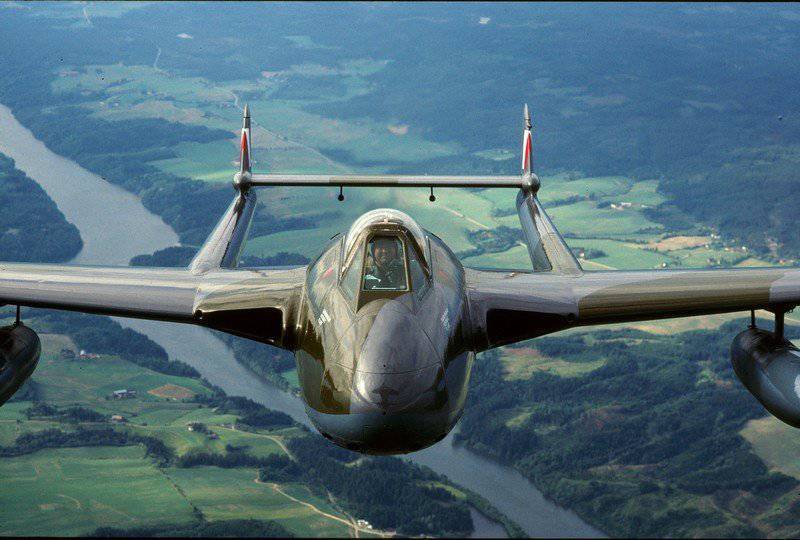
The place for weapons
The second reason related to the placement of engines, according to which the designers resorted to the two-beam scheme, also has layout roots, but of a different kind. Wanting to completely free the fuselage from the engines and auxiliary units, even during the First World War, the designers guessed to make two beams on the sides of the fuselage and place the entire propeller group in them. One of the first such aircraft was the Italian heavy bomber Caproni Ca.36. The engines of this aircraft were placed on the wing, and immediately behind them were two long beams, which served as a mount for the tail. Inside the beams, near the center of gravity of the aircraft, fuel tanks were also installed. The vacant space in the nose and above the tail of the main fuselage was used to set rifle points. It is noteworthy that the tail arrow during the flight was sitting inside the trellis basket.
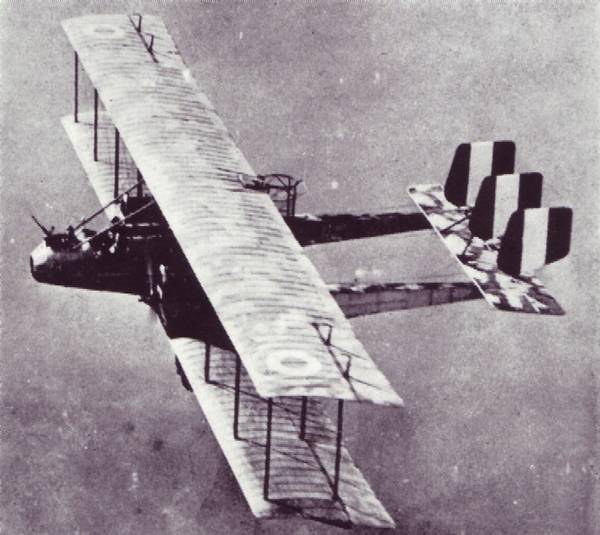
In the future, this idea was used repeatedly, and it was mainly for the release of space for aft rifle point. The most famous example of such an aircraft is the German scout Fokke Wulf FW-189 Uhu, also known by the nickname "Rama". The pilots of the anti-Hitler coalition regularly noted the difficulty of intercepting this aircraft because of the extremely successful arrangement of tail guns that had shot through almost the entire rear hemisphere.
A two-beam scheme with engines removed from the fuselage was also used in the creation of fighters. The most famous two-beam aircraft of this class is the American Lockheed P-38 Lightning. In the comparatively small streamlined fuselage of this fighter, only the cockpit and cannon armament remained. In the side fuselage beams, in turn, housed engines, tanks, turbochargers and radiators. Due to the correct placement of the units inside the beam, it was possible to ensure a good balancing, and the relatively large tail of the tail gave the aircraft a good maneuverability for its weight.
Interestingly, the designers of the firm Northrop discharged the space freed up in the fuselage, creating the night fighter P-61 Black Widow. In the rear of the shortened fuselage, they placed part of the equipment of the radar station for detecting enemy aircraft, and also provided for the workplace of the radar operator.
Double Girder Trucks
The ability to increase the internal volume of the fuselage by placing all the auxiliary units of the engines in the side beams simply could not interest the designers of transport aircraft. Among other things, the two-beam scheme made it possible to increase the size of the tail hatch for loading and unloading. In 1944, the first flight was made by the Fairchild C-82 Packet transporter. Inside a relatively high and wide fuselage, almost 80 soldiers could fit with a paratrooper 42 outfit. In the rear part of the fuselage, the designers provided for large cargo doors, which could be discharged if necessary. Thanks to the use of twin tail mount, the C-82 was quite convenient for loading operations: if necessary, a truck could drive under the stabilizer, bringing the cargo directly to the hatch.
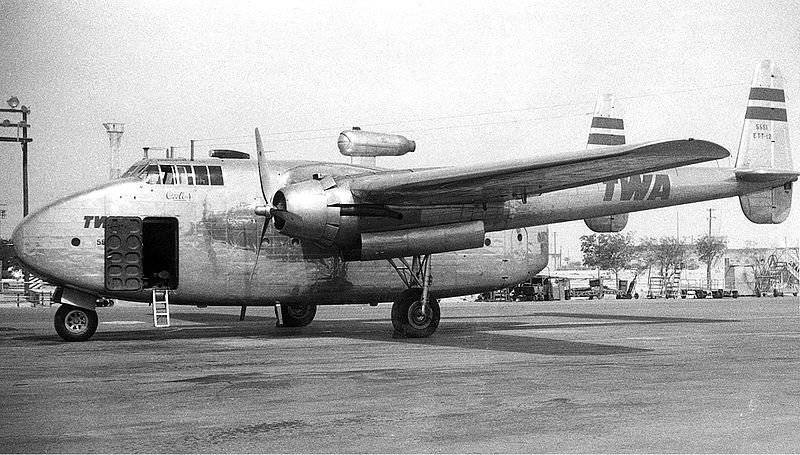
A further development of the C-82 was the C-119 Flying Boxcar. The new air truck with a large size and weight could carry up to four and a half tons of cargo. Despite the increase in size and take-off weight, "Flying Car" did not lose in the convenience of loading and unloading. For a long time, the C-119 was the main tactical military transport aircraft in the US military, and also delivered to other countries.
In our country, too, attempts were made to build a two-beam air truck. In the nineties, Sukhoi developed a multi-purpose Su-80 transport aircraft. Its layout is largely similar to the previous two-beam transport workers. At the same time, Su-80 has several original features. Thus, for greater rigidity of the structure, the rear part of the fuselage is additionally connected to the tail beams with the help of an additional plane, and the tail stabilizer is placed on the keel, which allows the vehicle to be fitted to the aircraft during loading.
Unusual twins
The specific "interpretation" of the two-beam scheme can be considered some projects of the Second World War. Then the warring states needed fighters with a long range. These aircraft would allow escorting bombers on long flights over enemy territory. With a difference of several months, two more than interesting projects appeared on both sides of the front.
German designers under the leadership of V. Messerschmitt in the middle of the war prepared their “twin” fighter based on the Bf-109 aircraft. Modification with the Bf-109Z index implied the assembly of the aircraft from two conventional “One Hundred Nine”, united by a specially developed center section and tail stabilizer. At the same time, the control systems for the rudders and engines were combined, and the controls were brought into the cabin of the left "half-plane". Instead of the right cabin, it was planned to install an additional fuel tank, and to replace the lamp with a metal fairing. The Germans planned to make several variants of Bf-109Z, designed to intercept air targets and attack ground targets. In 1943, the construction of a prototype dual aircraft began, but it did not end due to the presence of higher-priority projects. The situation at the front was not changing in favor of Germany and the designers had to tackle more important and urgent tasks.
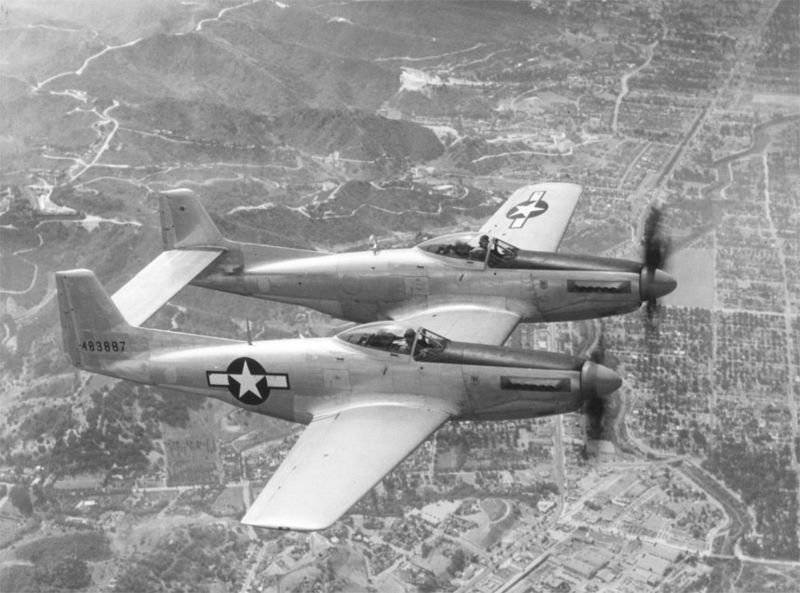
Unlike the German designers, the American were more successful. They managed not only to create a double-double-beam aircraft, but also to bring it to mass production. In addition, the North American F-82 Twin Mustang fighter managed to write another “achievement” into its account: it became the last American piston fighter. The F-82 was a two P-51 Mustang, the fuselages of which were connected by a special center section. Instead of the native stabilizers with elevators on the Twin Mustang set a single plane. All aircraft control systems were duplicated, control could be exercised from any cabin. The implication was that the two pilots would be able to replace each other during long flights. The first prototype of the P-82 took off only at the beginning of July 1945, and this aircraft did not have time to participate in the Second World War, for which it was created. Later, these fighters were used during the Korean War. At the same time, the “Double Mustangs” most often performed tasks for attacking ground targets, since they were no longer able to effectively deal with modern enemy fighters.
Record cars
Another original version of the two-beam scheme was used by the famous designer B. Rutan to create his record-breaking Rutan Voyager aircraft. This aircraft with unique indicators of flight range is an aircraft with a wing of high elongation, a relatively short fuselage and two tail beams, on which the keels are mounted. The front of the beams brought forward and connected to the fuselage with an additional stabilizer. The main reason for the use of such an unusual system was to provide the necessary rigidity of the structure. Due to the elongated shape of the fuselage, wing and beams, the power elements were subjected to a mass of bending and torsional loads. The removal of the keels on the tail beams and the transfer of the stabilizer to the front of the aircraft allowed for an acceptable strength and rigidity of the whole structure. It is unlikely that a Voyager aircraft without such technical know-how would have been able to fly more than 42 thousand kilometers (more than 40 thousand according to the FAI) without landing.
The achievements of the Voyager project were used to create another record aircraft - the Virgin Atlantic GlobalFlyer. The aircraft designed by S. Fossett had a Voyager-like layout, but was notable for some details. First of all, it is necessary to note a different power plant - a turbojet engine above the fuselage. In addition, the stabilizer with elevators was moved to the tail section. Two separate planes on the GlobalFlayer were attached to the tail beams, under the keels. In 2006, the pilot Fossett traveled a little less than 41,5 thousand kilometers on the GlobalFlyer aircraft. The average flight speed at the same time was 590 kilometers per hour. Using the new materials of the power set, it was possible not only to improve the flight data of the record aircraft, but also to provide adequate structural strength. It is the latter fact that made it possible to abandon the front horizontal tail in favor of the more familiar stabilization and control systems.
***
Of course, now far from all the aircraft made according to the two-beam scheme were described. The total number of aircraft with such an arrangement exceeds several dozen, and even the most general description of them stories creating and constructing will require writing multivolume fundamental work. The fact is that the two-beam scheme was tested in almost all classes of aircraft. According to such a system, fighters and bombers, transport workers and passenger aircraft, and even unmanned aerial vehicles were built. Each time the use of the two-beam scheme was due to one reason or another. However, despite all the successes, such systems were not widely used and did not crowd out the classical scheme. The main reason for this is the need to create compact and durable tail beams. In addition, the relatively small size of these aircraft units do not allow full use of their volume. For example, on American transport workers inside the beams there were only thrusts of steering control.
So the creation of the aircraft is a two-beam scheme requires certain grounds. This layout has a number of characteristic "innate" pros and cons, the combination of which may not always have a beneficial effect on the design of a particular aircraft or on its practical prospects. Therefore, over the years, the two-beam layout of the aircraft for distribution is inferior to the classical one due to its lower universality. Nevertheless, in the future, new types of airplanes with a shorter fuselage and tail plugs fixed on two beams will appear. The main thing is that in the case of each specific project the use of such a scheme should be justified and justified.
On the materials of the sites:
http://airwar.ru/
http://flightglobal.com/
http://scaled.com/
http://nationalmuseum.af.mil/f
http://pkk-avia.livejournal.com/
http://fai.org/
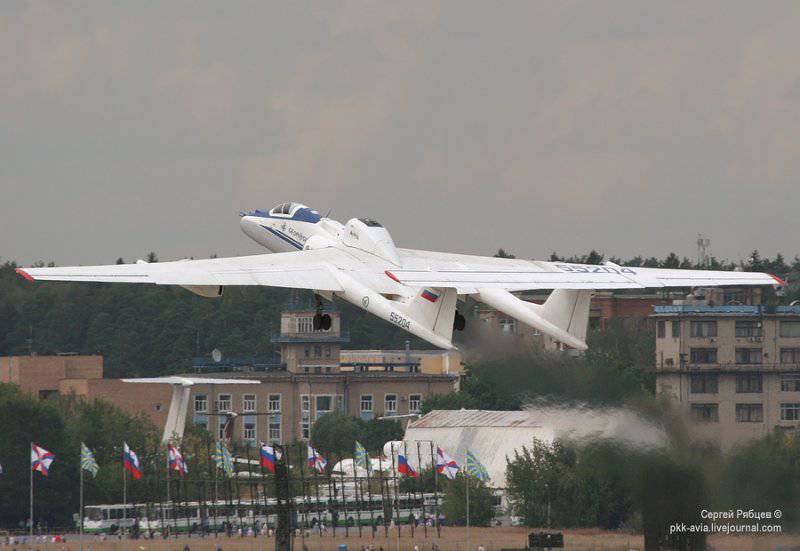
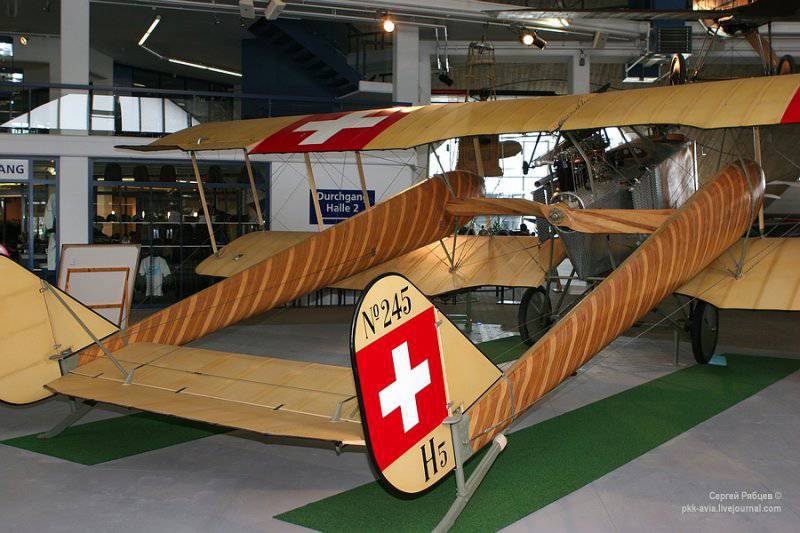
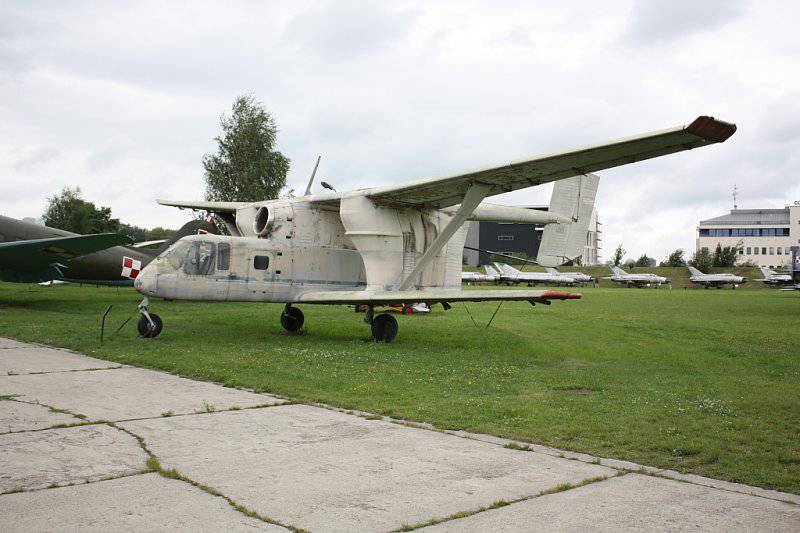
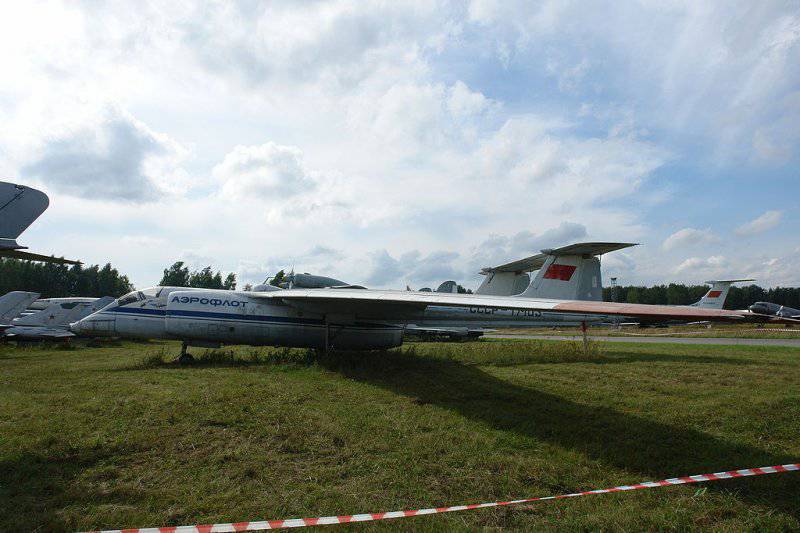
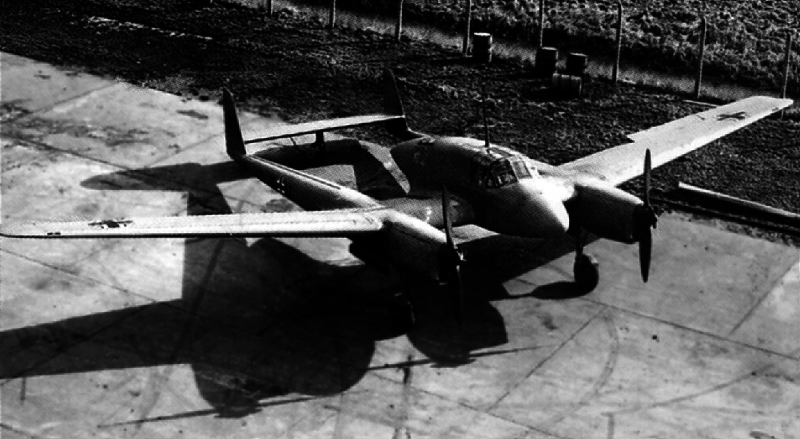
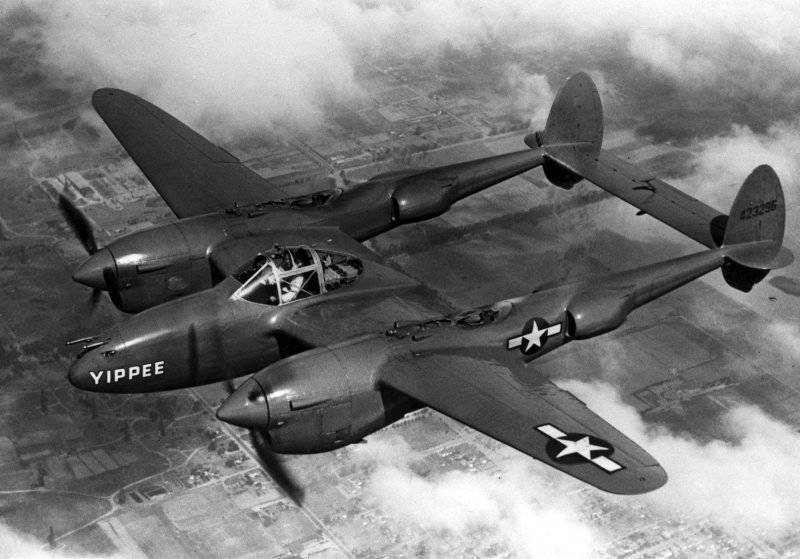
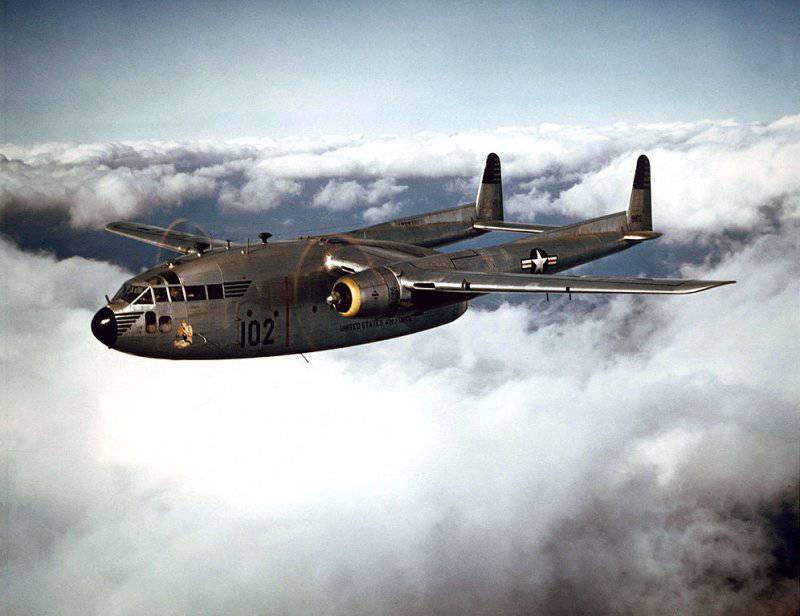
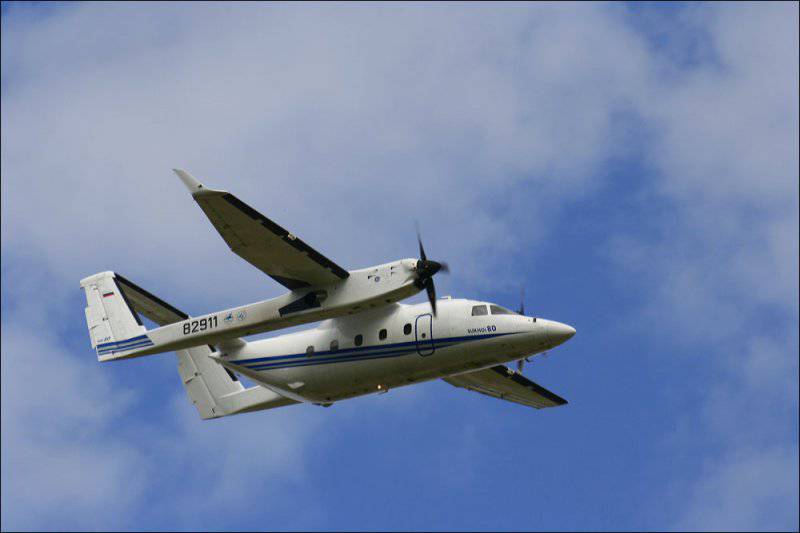
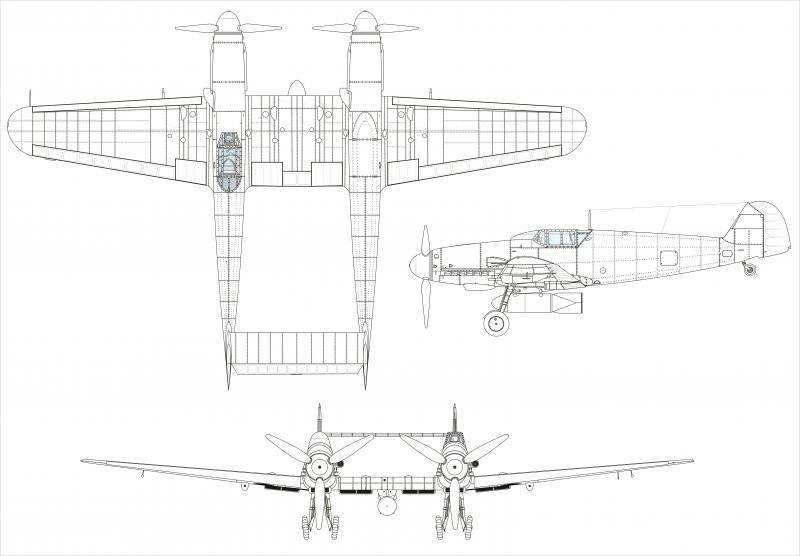
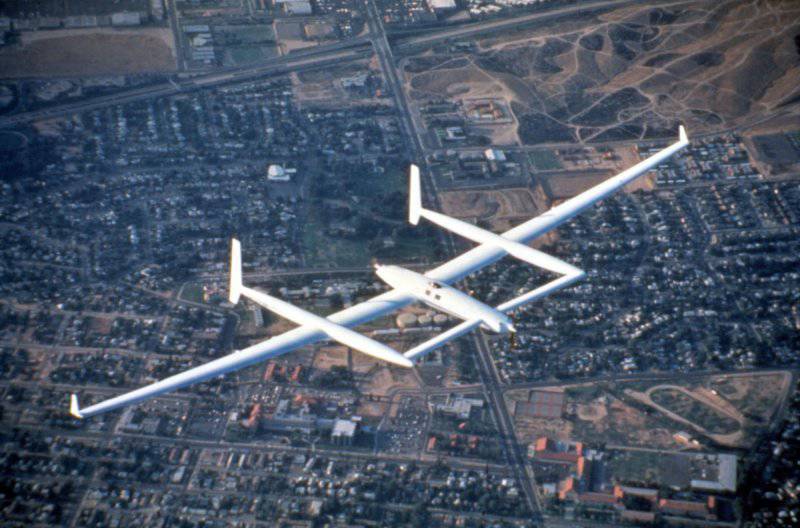
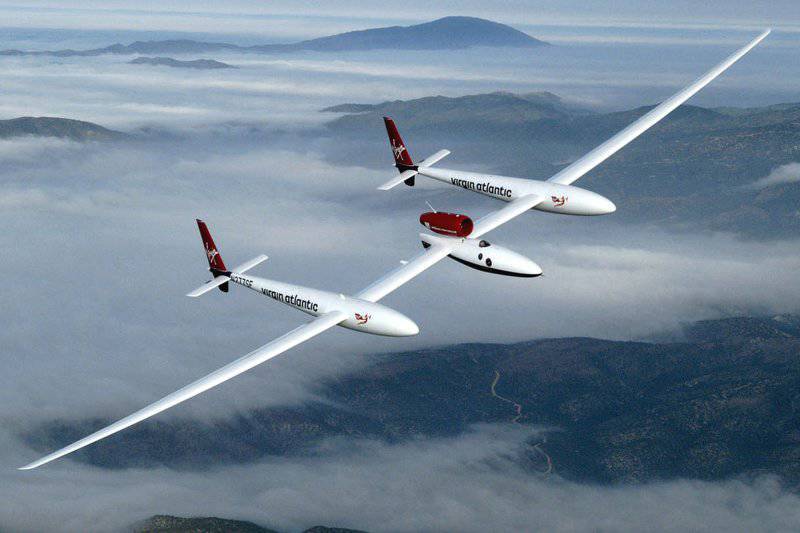
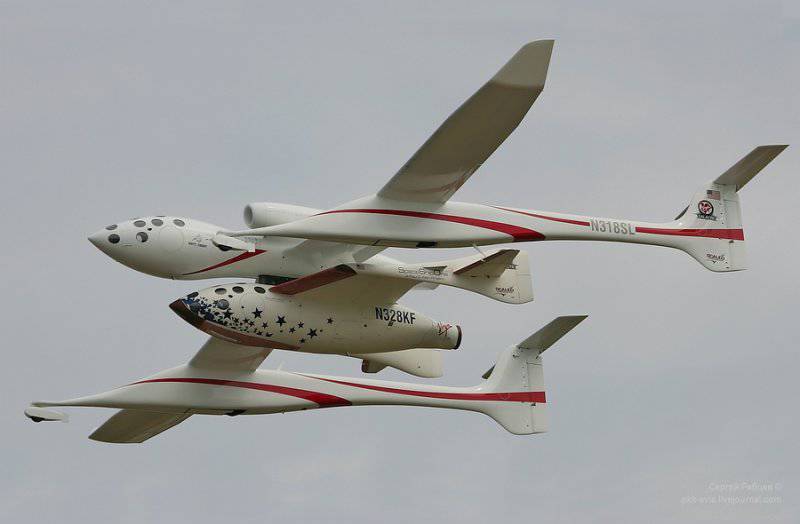
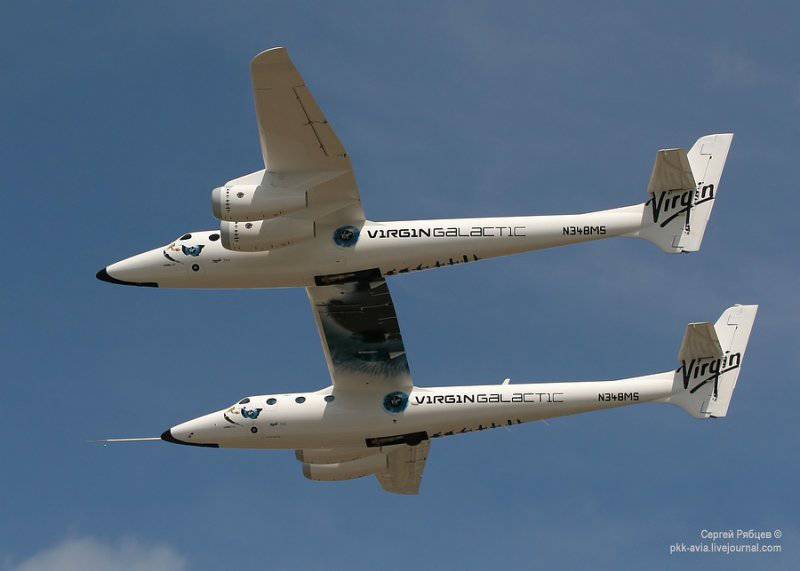
Information